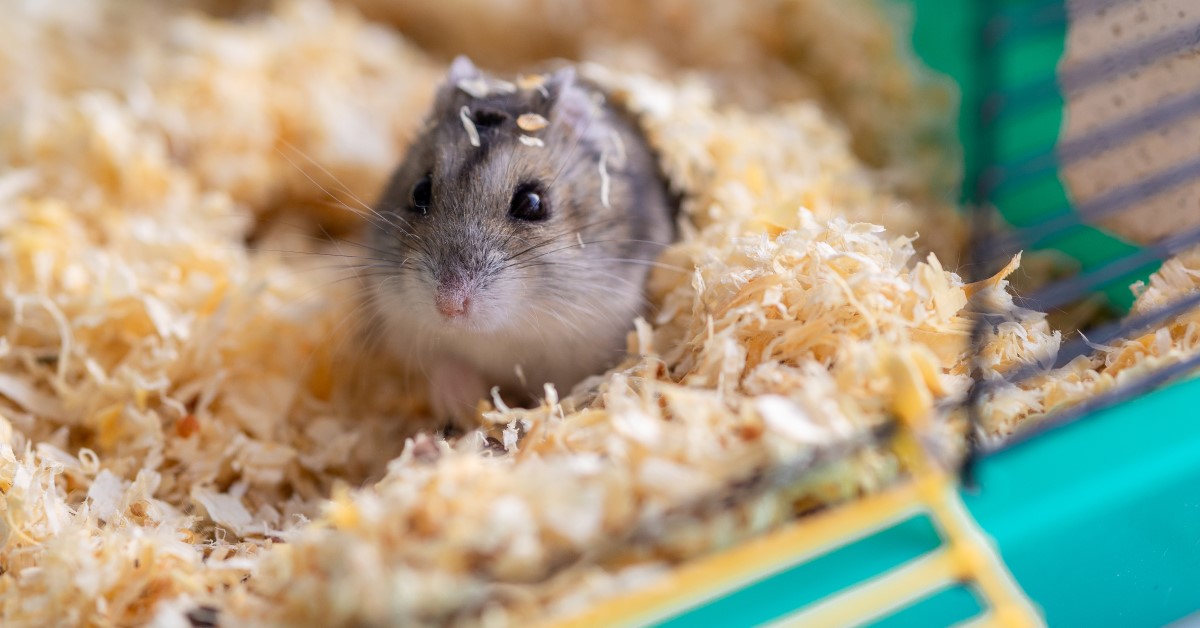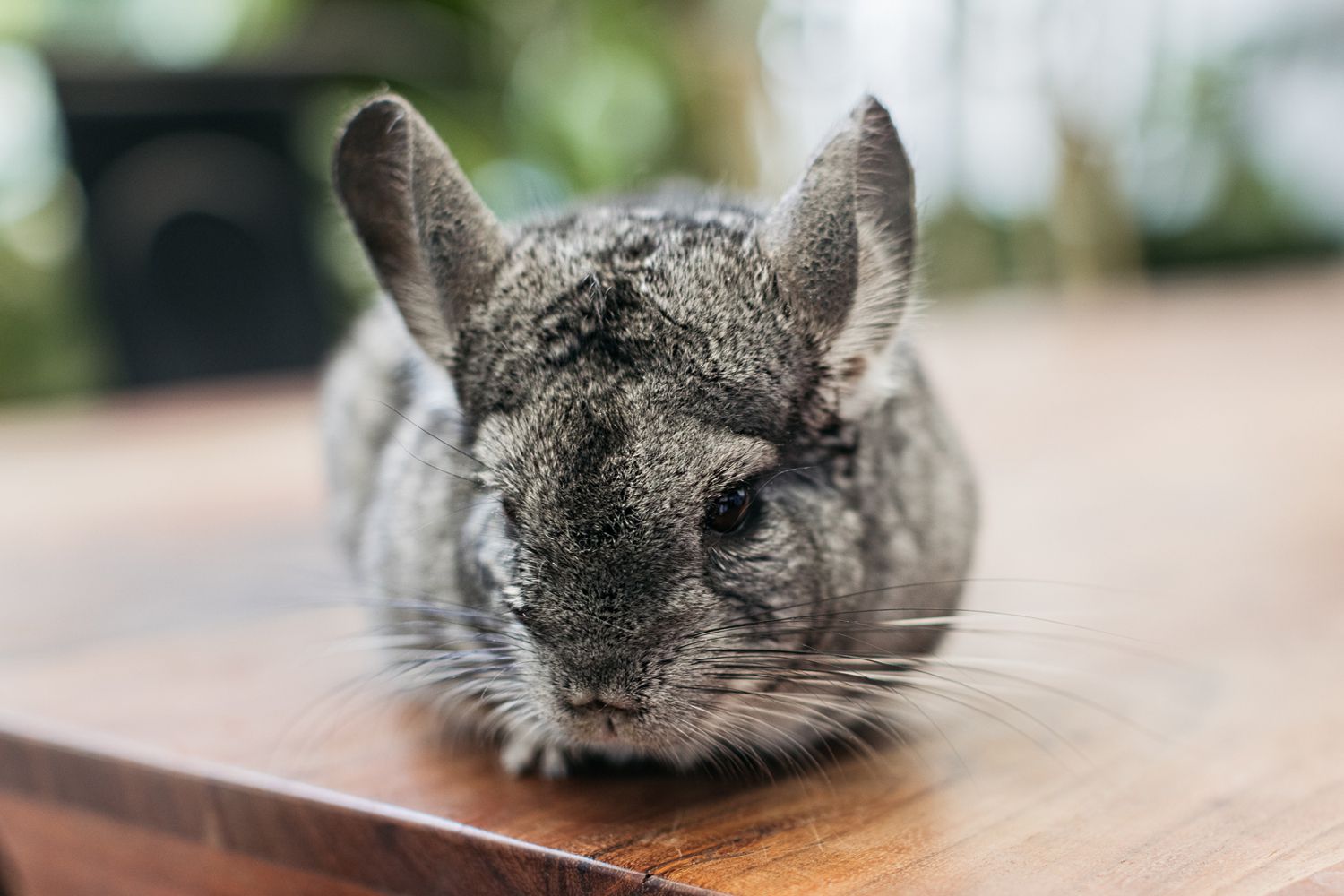Best Hamster Types for Apartments
Hamsters are popular pets, appreciated for their small size and adorable nature, making them excellent companions for apartment dwellers. However, with various types of hamsters available, selecting the right one can significantly impact your life in a confined space. In this guide, we will explore the best hamster types suited for apartment living, taking into consideration their space requirements, temperament, and care needs.
Choosing the Right Hamster Breed for Small Spaces
When selecting a hamster for your apartment, it’s crucial to consider the breed’s size and lifestyle needs. Generally, smaller hamsters require less space, making them ideal for apartment settings. Additionally, certain breeds are known for their friendly disposition and adaptability, essential traits for living in close quarters. Below, we will discuss a few breeds and their unique characteristics that make them suitable for apartment life.
Syrian Hamsters: The Gentle Giants
Syrian hamsters, also known as golden hamsters, are one of the most commonly kept pet hamsters. Reaching an average size of 5 to 7 inches, they can be a bit larger than other breeds. Despite their size, they can thrive in apartment settings provided they have enough exercise and mental stimulation. These hamsters are solitary by nature, so it’s best to house them alone to avoid aggression. A large cage with sturdy hiding spots and activities allows them to feel secure in your apartment.

Dwarf Hamsters: Perfect Tiny Companions
Dwarf hamsters include several species, such as Campbell’s dwarf hamster and Roborovski hamster. These small mammals typically measure around 2 to 4 inches in length, making them perfect for apartments where space is limited. Dwarf hamsters are generally sociable, especially if raised together from a young age. However, they may require slightly larger cages when kept in pairs or groups. Offering wheel toys and tunnels can help satisfy their active nature, keeping them entertained even in a confined area.
Chinese Hamsters: Unique and Affectionate
Chinese hamsters have a distinctive appearance with their long tails and are often overlooked compared to more prominent breeds. They typically grow to about 4 inches in length and can adapt well to living in apartments. Known for their affectionate nature, they tend to bond with their owners. Chinese hamsters do well in multi-level cages where they can climb and explore – thereby utilizing vertical space more effectively in smaller environments.
Setting Up an Apartment-Friendly Hamster Habitat
Creating a comfortable and engaging environment for your hamster is vital to their well-being, especially in an apartment setting. This involves selecting the right type of cage, ensuring proper bedding, and providing various enrichment options tailored to their specific needs. Below are tips on how to set up the perfect habitat for your furry friend.
Choosing the Right Cage Size
While hamsters need space to roam and play, it’s essential to choose a cage that fits within the limits of your apartment. A cage that is at least 24 inches long and 12 inches wide is a good starting point for most hamster breeds. Make sure the bars are spaced closely enough to prevent escapes and that the structure is sturdy. Multi-level cages can also provide additional room vertically, helping maximize floor space in smaller living situations.

Creating an Enriched Environment
To keep your hamster happy and healthy, providing enrichment activities is essential. This includes tunneling systems, exercise wheels, and chew toys. Adding some hiding spots will also make your pet feel safe and secure. Natural wood or cardboard materials can be fun and safe options for these critters. Regularly changing the layout of the habitat can stimulate your hamster’s curiosity and prevent boredom.
Maintaining a Clean Living Space
No matter which type of hamster you choose, maintaining a clean living environment is crucial. Regularly change the bedding, spot clean the cage daily, and ensure fresh food and water are always available. A clean cage helps prevent health issues and keeps odors at bay, making it a more pleasant living space for both you and your pet.
Hamster Care Tips for Apartment Dwellers
Caring for a hamster in an apartment comes with its own set of challenges and advantages. Understanding these aspects will ensure that both you and your hamster live harmoniously in smaller, more enclosed spaces. Here are some practical care tips designed for apartment living.
Feeding Your Hamster Properly
Feeding your hamster involves providing a balanced diet of high-quality hamster pellets, fresh vegetables, and occasional treats. Avoid cereals and seeds that are high in fat, as these are unhealthy for hamsters, particularly if they have limited space to exercise. Ensure fresh water is readily available and change it daily to promote hydration and health.
Managing Noise Levels
Hamsters are typically quiet creatures, but they can come alive at night. As a responsible pet owner, it’s important to manage potential disturbances, especially if you have close neighbors in your apartment complex. Consider placing the cage in a room that is farthest from shared walls. You can also choose quieter wheels and toys to minimize noise during their active night hours.
Scheduling Playtime Outside the Cage
Allowing your hamster some time outside their cage is beneficial for socialization and exercise. Create a safe, enclosed space for playtime where your hamster can roam freely and explore. Always supervise them during this time to prevent accidents, ensuring a safe environment. Playing together not only promotes their health but also strengthens your bond with your pet.
Key Takeaways
- Choose smaller breeds like Syrian, dwarf, or Chinese hamsters for apartment living.
- Ensure a well-designed habitat that provides both comfort and enrichment.
- Maintain cleanliness and appropriate diet for overall health.
- Be mindful of noise levels and schedule playtime responsibly.
FAQ
1. What small hamster is best for first-time owners?
For first-time owners, the **Syrian hamster** is a great choice due to their friendly and robust nature. They’re easier to handle and adapt well to various environments. A larger cage also facilitates handling due to their solitary nature, and they generally hold up well when introduced gradually to human interaction.
2. Can hamsters be kept together?
While some little hamsters can live together, like the dwarf species, it’s advisable to house Syrian hamsters alone. Keeping pairs or groups of dwarf hamsters requires ample space to minimize territorial disputes. Monitor their behavior closely to ensure they are compatible and not exhibiting signs of stress or aggression.
3. How often should I clean my hamster’s cage?
Cleaning should be conducted on a routine basis—spot cleaning daily and doing a deep clean once a week is ideal. This includes changing the bedding entirely. Maintaining a clean habitat is crucial not only for your hamster’s health but also helps control odors in your apartment.
4. Are hamsters suitable pets for children?
Hamsters can be excellent pets for children, teaching them responsibility and care. However, supervision is necessary to ensure gentle interactions. Dwarf hamsters are often more suitable due to their sociable natures, while larger breeds like Syrian hamsters may require more respect for their space due to their occasional unpredictable behavior.
5. What should I do if my hamster seems agitated?
If your hamster appears agitated, review their living environment; ensure it’s clean and secure, and consider if they have adequate exercise and stimulation. Stress can be signs of habitat dissatisfaction, so a change in layout or a more enriching environment may be necessary. It’s crucial to observe their behavior to identify potential underlying issues.
